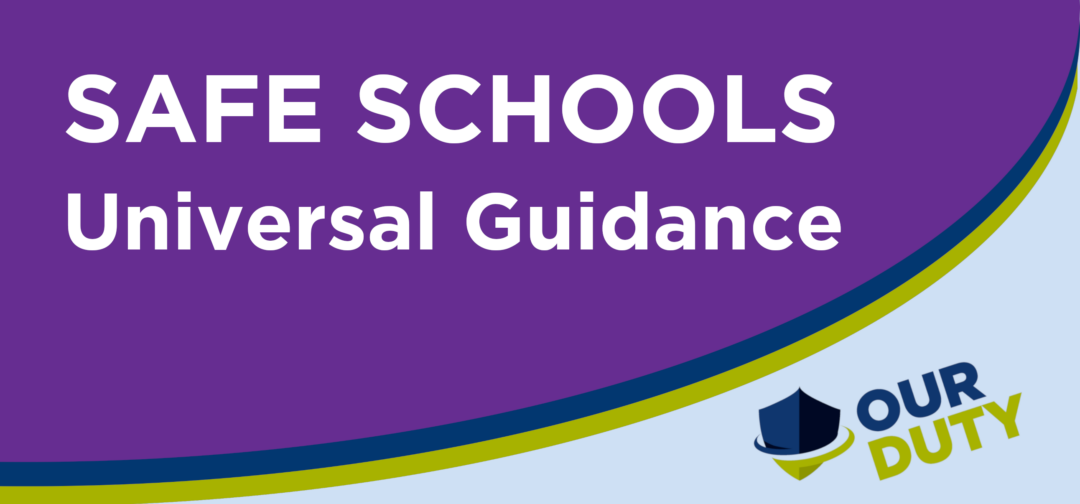This universal guidance is a framework upon which to build national or local guidance.
It is a reasonable expectation of any parent that their children are safe while in the care of those employed to educate them. This expectation applies to psychological safety as much as it does to the physical.
We know that children come to think of themselves as being the opposite sex, or sometimes ‘non-binary’ or other fictitious identities, when they are susceptible to the idea that they can be, and when that idea is validated via indoctrination. We call this transgender ideation.
When a young person has transgender ideation, they can ruminate on the idea, and the idea can become sufficiently embedded as to prompt feelings of dysphoria. Alternatively, they might, especially with access to disinformation online, choose to fake the feelings associated with gender dysphoria. Such feelings can then be misinterpreted by ill-informed or unscrupulous health professionals resulting in iatrogenic harm. Such harm can include the suppression of puberty, the administration of wrong-sex hormones, and the amputation of healthy sex organs.
Any school that promotes transgenderism as a valid lifestyle is unsafe.
This is because children develop the problems associated with the transgender craze as a result of being given the idea that it is possible to be a different ‘gender’ from their sex.
Toilets and changing facilities must be single-sex for children over 8 years of age.
Students should only be referred to by the school using names that are approved by parents.
Students should never be permitted to use facilities (toilets, locker rooms) designated for the opposite sex.
Parents must be notified immediately of any concerns regarding a child’s mental health, especially self-harm and transgender ideation.
School staff must never ‘socially affirm’ an incongruent identity claimed by a student.
Any social affirmation in a school setting risks creating a precedent. Moreover, transgender ideation is spread by social contagion, so more children are put at risk of the harms of transgenderism if it is given a veneer of validity by those in authority.
Social affirmation of an incongruent gender identity is a psychological intervention that is never in the best interests of the child. It risks freezing identity development which is expected to be fluid during adolescence.
When social affirmation is not available at school it supports parents in resisting the calls by their child to have their incongruent identity validated.
School counsellors must always disclose to parents when a child is at risk from harm from an external source, transgender ideation is such a risk.
Students must never be permitted to play sports or participate in athletic teams that are designated for the opposite sex.
Students must never be permitted to stay overnight in accommodation that is designated for the opposite sex.
There should be no LGBTQ+ clubs in schools, although LGB might be useful for teenagers. Children who think they might be lesbian, gay or bisexual are at particularly high risk of adopting a transgender identity. These children need to know that adolescent doubt and exploration around sexual orientation is perfectly natural, and that their feelings do not mean that they are transgender.
The so-called ‘progress’ pride flag must not be displayed in schools.
The flag with the black, brown, pink, and blue chevrons is both racist (in that it seeks to reinforce collectivist identities based on skin colour) and promotes transgenderism. Moreover, the version which includes the circle on the yellow background is offensive to the many people with differences of sex development (DSDs) who reject the intersex label and/or the forced teaming of their condition with other collectivist identities.
A student who expresses a transgender identity is the victim of a safeguarding failure. The school should immediately raise a formal safeguarding concern when staff become aware of such an occurrence. The school must strive to establish the source of the transgender ideation and if that source is established to be within the school appropriate measures must be taken to prevent a recurrence. It might be appropriate to publicise any remedial action so taken in order to reinforce the message that transgenderism is not acceptable in a school setting.
Teachers who cross-dress (regardless of whether they have been medicalised) should expect students to refer to them as the student perceives them. i.e. a teacher has no basis for complaint if a student ‘misgenders’ them.
Note for supporters:
In jurisdictions where these guidelines cannot be fully implemented due to restrictions imposed (or perceived to be imposed) by current legislation, seek maximum possible compliance within the law and campaign to overturn the restrictive laws.
National and local campaigns are changing all the time. See https://ourduty.group/schools

